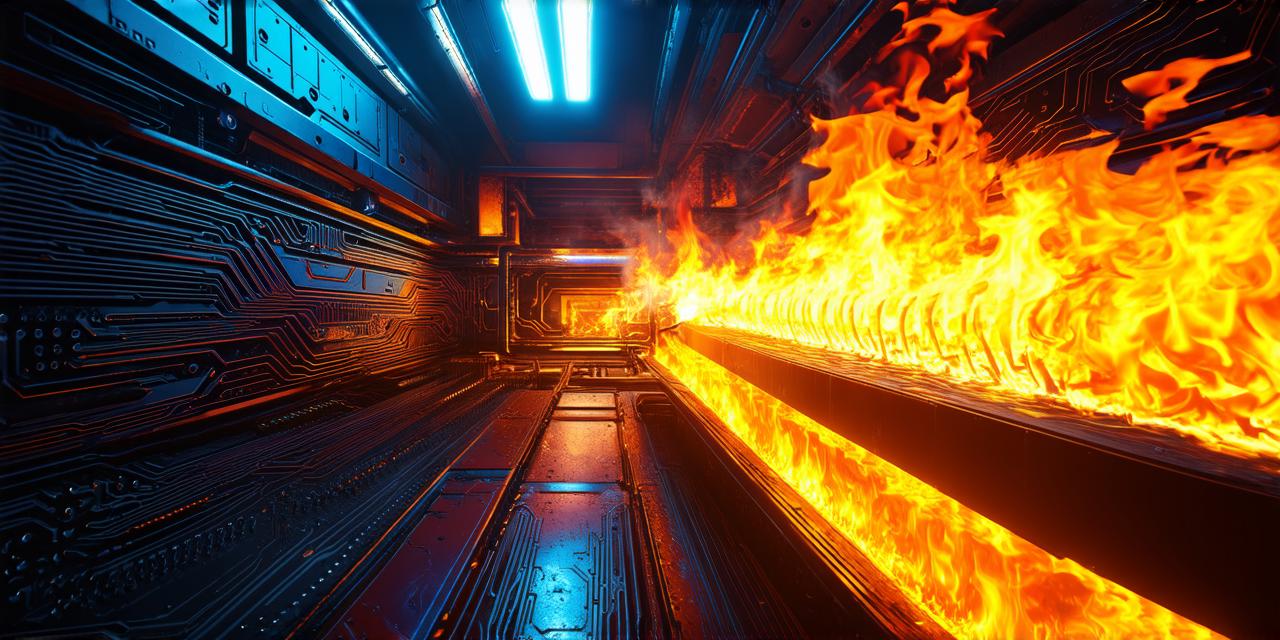What Does It Mean to Burn Crypto?
Burning crypto refers to the process of intentionally destroying a certain amount of cryptocurrency tokens in order to create scarcity and increase demand for the remaining tokens. This is done by sending a specified number of tokens to an address that cannot be retrieved or used again. The tokens are effectively “burned” out of existence, leading to a decrease in supply.
Pros and Cons of Burning Crypto
While burning crypto can be an effective way to increase the value of a cryptocurrency, it also has its drawbacks. Here are some of the main pros and cons:
Pros:
- Creates scarcity: By reducing the supply of a cryptocurrency, you create scarcity, which can lead to an increase in demand for the remaining tokens.
- Increases adoption: Burning crypto can also help increase adoption by attracting attention to a particular project and encouraging people to learn more about it.
- Promotes environmental sustainability: Cryptocurrency mining requires a significant amount of energy, which can be harmful to the environment. By reducing the supply of a cryptocurrency, you can potentially reduce the amount of energy required to mine new coins.
Cons:
- Reduces investor trust: If investors feel that the creators of a cryptocurrency are intentionally manipulating the supply, they may lose trust in the project and stop investing.
- Can lead to market instability: If too many cryptocurrencies are burned at once, it can potentially disrupt the market and cause prices to fluctuate wildly.
- May not always be effective: Burning crypto is not a guarantee that the value of a cryptocurrency will increase. It’s important to carefully consider the factors that are driving demand for a particular coin before making any decisions.
Case Studies and Personal Experiences
One well-known example of burning crypto is the 2017 hard fork of Bitcoin Cash, which split off from the original Bitcoin blockchain. This resulted in the creation of two separate cryptocurrencies: Bitcoin and Bitcoin Cash. As part of this hard fork, a certain amount of Bitcoin Cash tokens were “burned” by sending them to an address that could not be retrieved or used again.
This was done in order to create scarcity and encourage adoption of the new Bitcoin Cash blockchain. While the exact results are difficult to measure, some argue that this helped drive up the value of Bitcoin Cash compared to Bitcoin.
Another example is the EOS cryptocurrency project, which has implemented a mechanism called “delegate production,” whereby certain tokens are burned in order to produce new “delegates” who are responsible for validating transactions on the network. This helps maintain the security and stability of the network while also reducing the amount of energy required for mining.

Personal experiences can also provide insights into the pros and cons of burning crypto. For example, one crypto investor who has intentionally burned tokens in the past reports that it helped increase the value of their investment, but they also caution that it’s important to carefully consider the potential risks before making any decisions.
Summary
In conclusion, burning crypto can be an effective way to increase demand and value for a particular cryptocurrency project.


